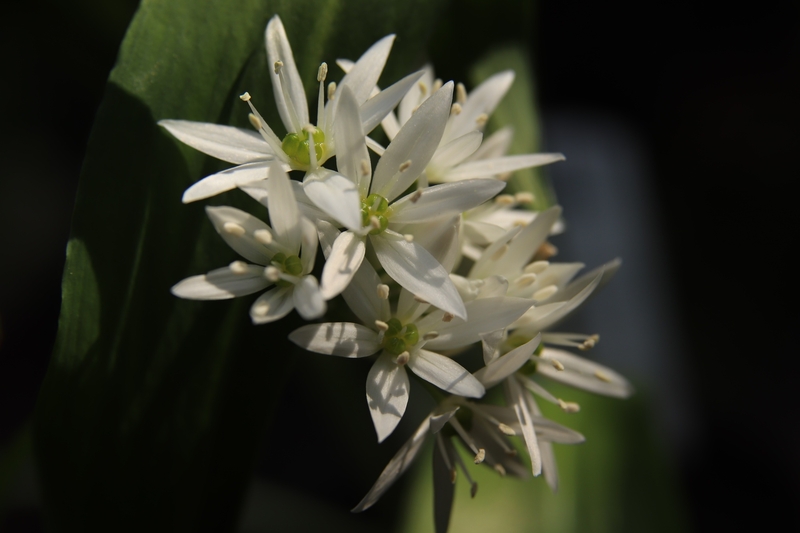- Home
- The house
- A few recipes
- Bear's garlic salad
Bear's garlic was eaten in great quantities, as shown by the extremely high levels of pollens in pollen-grain analyses.
In some cases, bear's garlic pollen grains are more frequent than those of cereals, even though the latter were prepared in the village.
Bear's garlic.
Pollen analysis of herbaceous plants.
Clairvaux, La Motte-aux-Magnins, 36th century BCE.
The fresh leaves can be eaten in a salad, although the strong garlic odor is not to everyone's liking. Even today, in German-speaking Switzerland, bear's garlic is eaten mixed with other greens, and bear's garlic mustard can be purchased.
But during Neolithic, the high garlic pollen rate indicates that this plant was necessarily eaten late in the season when the plant bloomed. The inhabitants ate both the leaves and the floral stalks, which could be easily harvested from this plant that grew abundantly in the damp and luminous undergrowth.
Please note: By eating the raw leaves, the Neolithic settlers of Chalain became largely infected with liver flukes.However, bear's garlic leaves can be cooked in exactly the same way as spinach.


